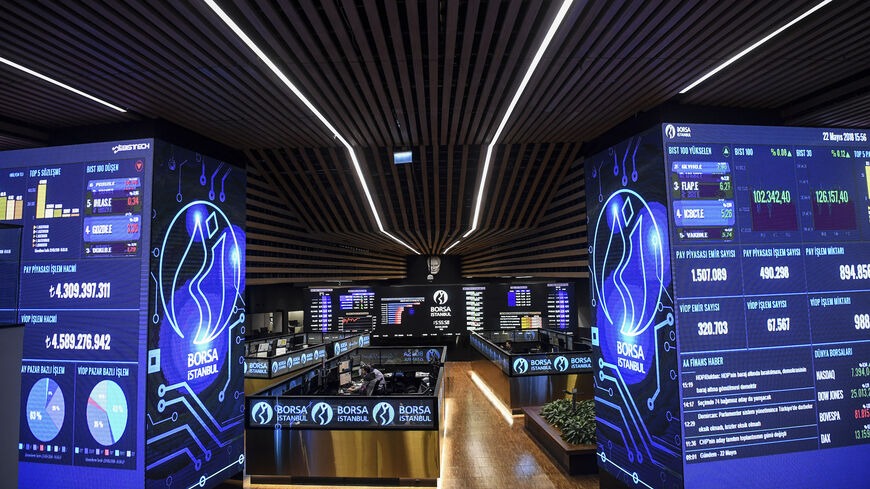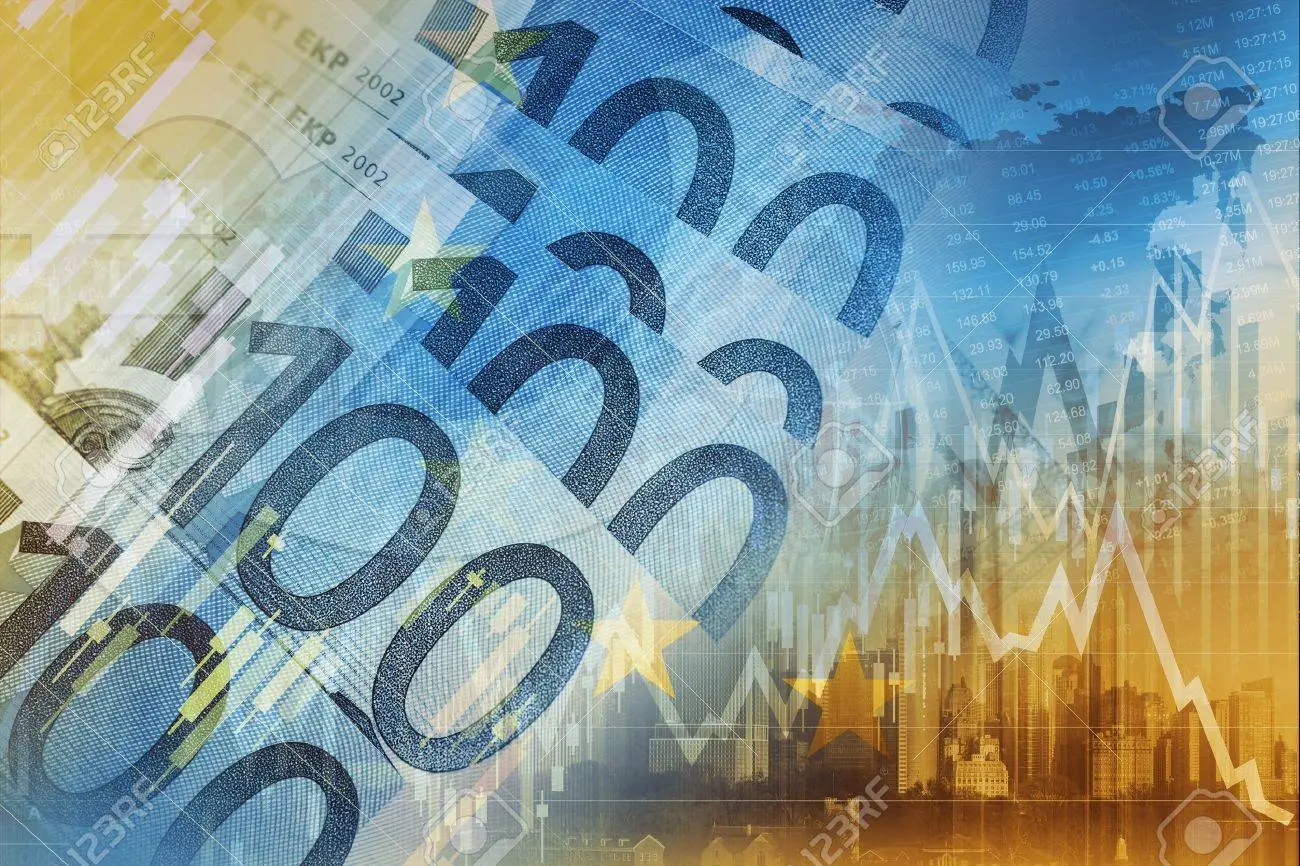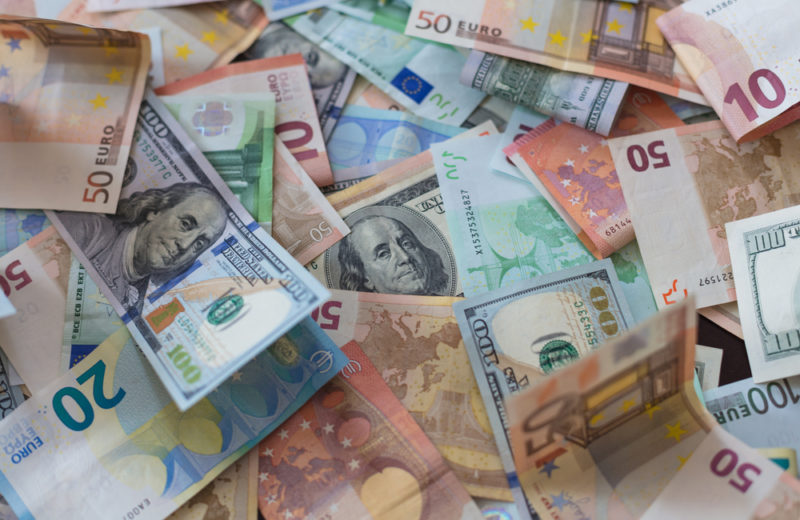The U.S. dollar plunged to a two-month low on Wednesday following the release of data that showed a slowdown in the rise of U.S. consumer prices in June. This development suggests that the Federal Reserve may only need to implement one more interest rate hike this year. Besides, a higher inflation risk may eventually occur.
The dollar index dropped to 101.08, its lowest level in two months after the data release, and was last down 0.5% at 101.11. Core consumer prices in the U.S. rose by a mere 0.2% in June, falling short of the forecasted 0.3% increase. On an annual basis, the U.S. Consumer Price Index (CPI) advanced by 4.8%, which was lower than the market’s expectations of a 5% increase.
European Shares and Currencies Rally as U.S. Inflation Eases
As U.S. inflation showed signs of slowing down in June, European shares, currencies, and bonds experienced a rally. This fueled speculation that the Federal Reserve is nearing the end of its series of aggressive interest rate hikes.
The U.S. consumer price index recorded a year-on-year increase of 3.0% in June, marking its smallest annual rise in over two years. Excluding food and energy prices, the index rose by 4.8%, both figures falling below the expectations of economists surveyed by Reuters.
The euro responded to the news by climbing to a fresh high in approximately 10 weeks, gaining 0.5% to reach $1.0700. Meanwhile, Europe’s STOXX 600 equity benchmark index extended its gains, rising by 1.3%.
U.S. Consumer Prices Rise A Question on How to Reduce Inflation?
In the eurozone, Germany’s 10-year bond yield, which serves as a benchmark, reversed its course after the data release and dropped by 6 basis points to 2.589%.
The U.S. CPI for June revealed a year-on-year increase of 3.0%, falling short of the expected 3.1%. The core CPI, which excludes food and energy, also slowed down, recording a year-on-year increase of 4.8% compared to the anticipated 5.0%. On a monthly basis, the CPI rose by 0.2%, lower than the expected 0.3% increase. The core CPI experienced its smallest one-month increase since August 2021, rising by 0.2% in June. Within the index, the food index saw a 0.1% increase, while the energy index rose by 0.6%.
CPI Slows to Lowest Level in Over Two Years, Implications for Monetary Policy
Over the past 12 months, the CPI in the U.S. decelerated from a year-on-year increase of 4.0% to 3.0%, below the anticipated 3.1%. This reading represents the lowest level since March 2021. Similarly, the core CPI declined from a year-on-year increase of 5.3% to 4.8%, falling short of the expected 5.0%. The energy index showed a significant decline of -16.7% on a year-on-year basis, while the food index recorded a growth of 5.7%.
The recent data release on U.S. cost-push inflation has prompted market participants to anticipate a tapering of interest rate hikes by the Federal Reserve as the economy shows signs of stabilizing. Investors will closely monitor the central bank’s next moves to gauge their impact on global financial markets.















